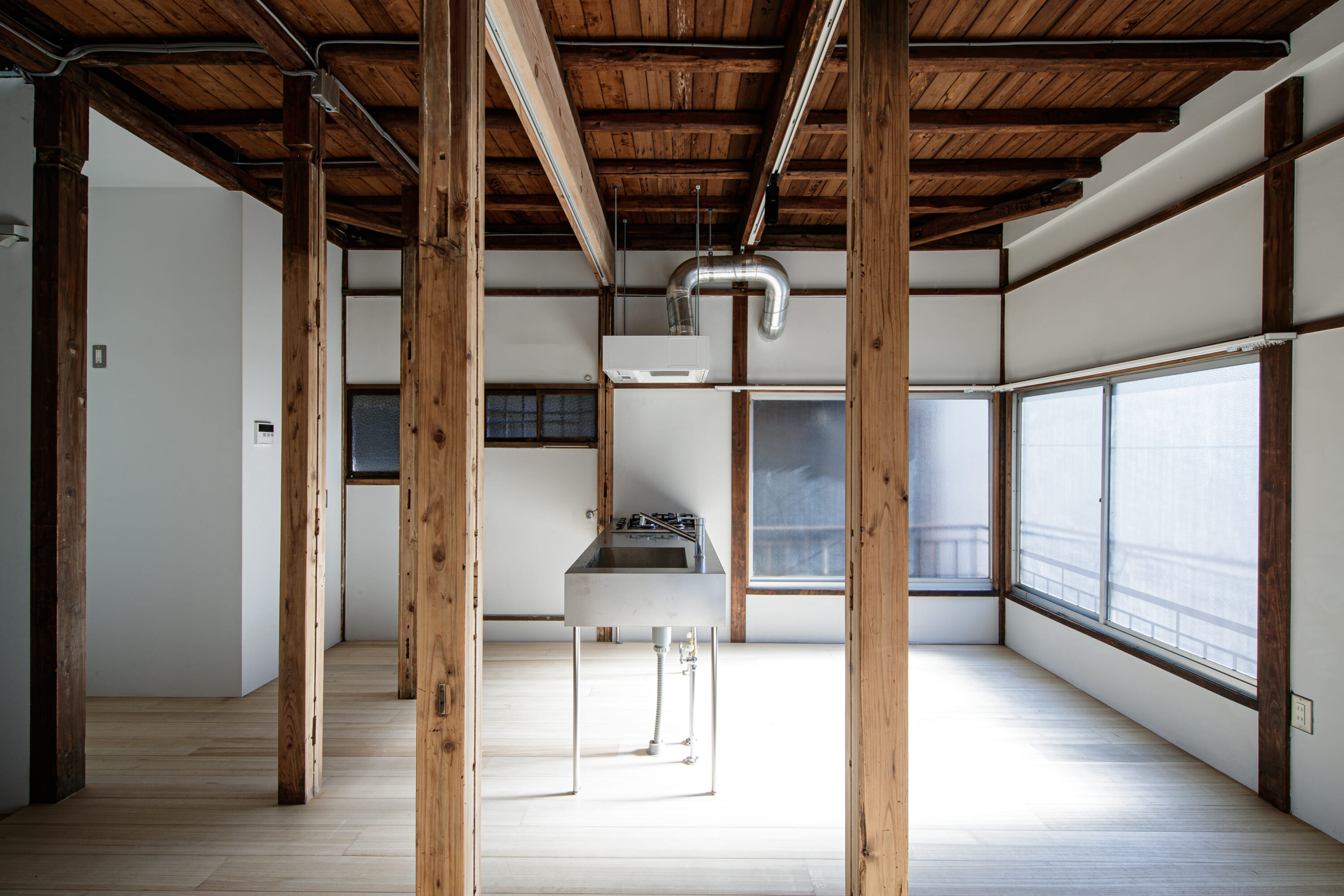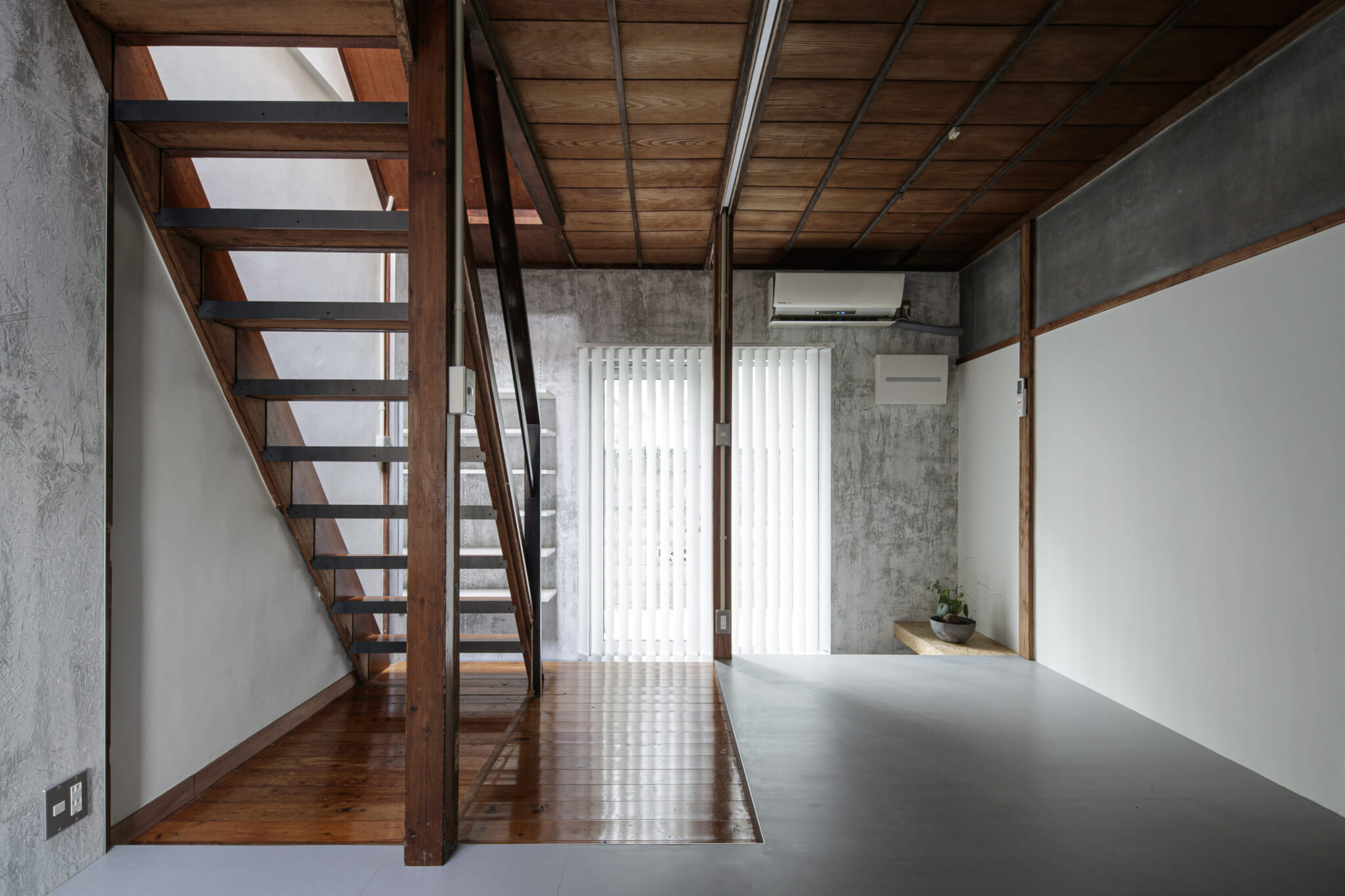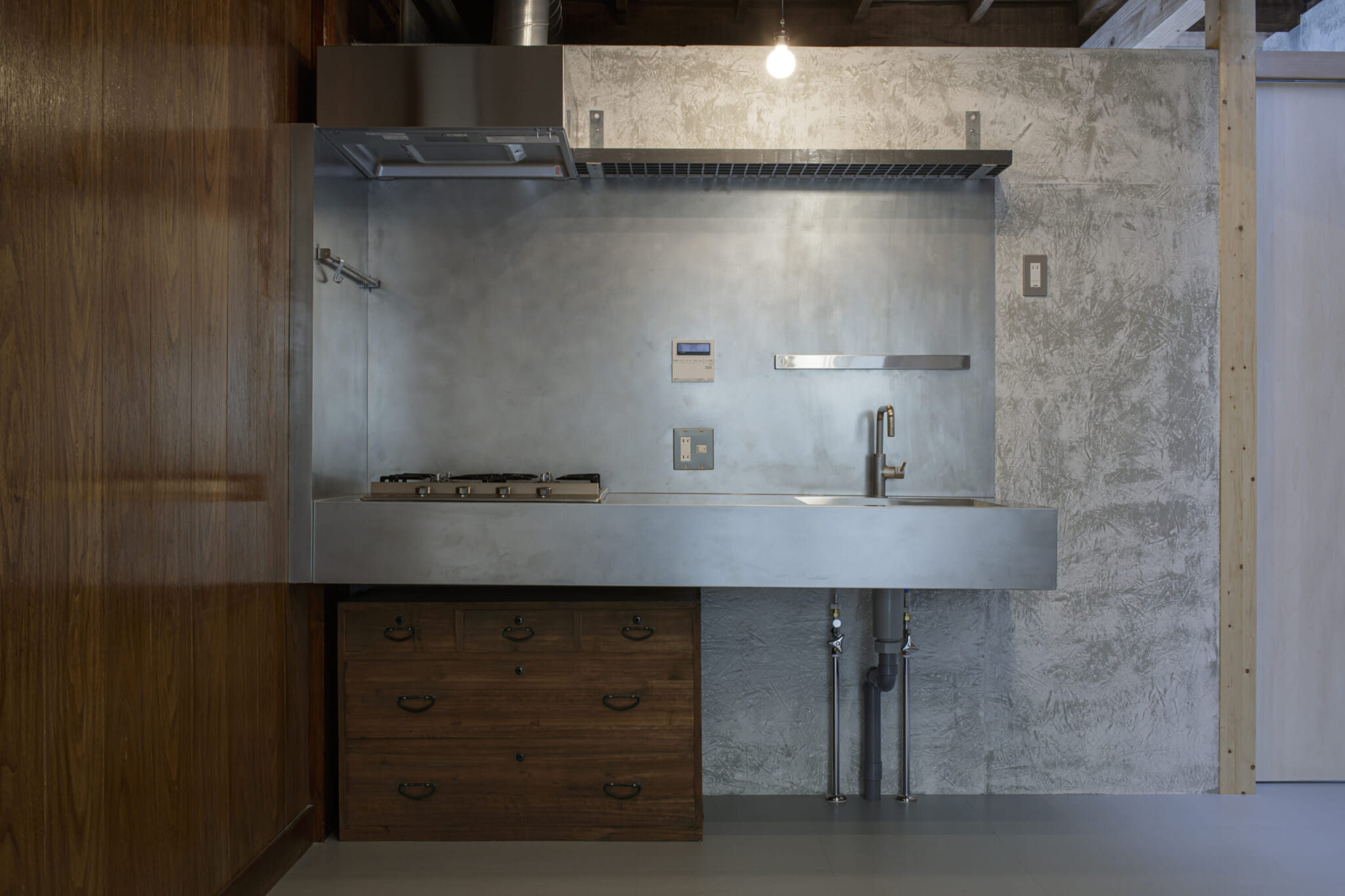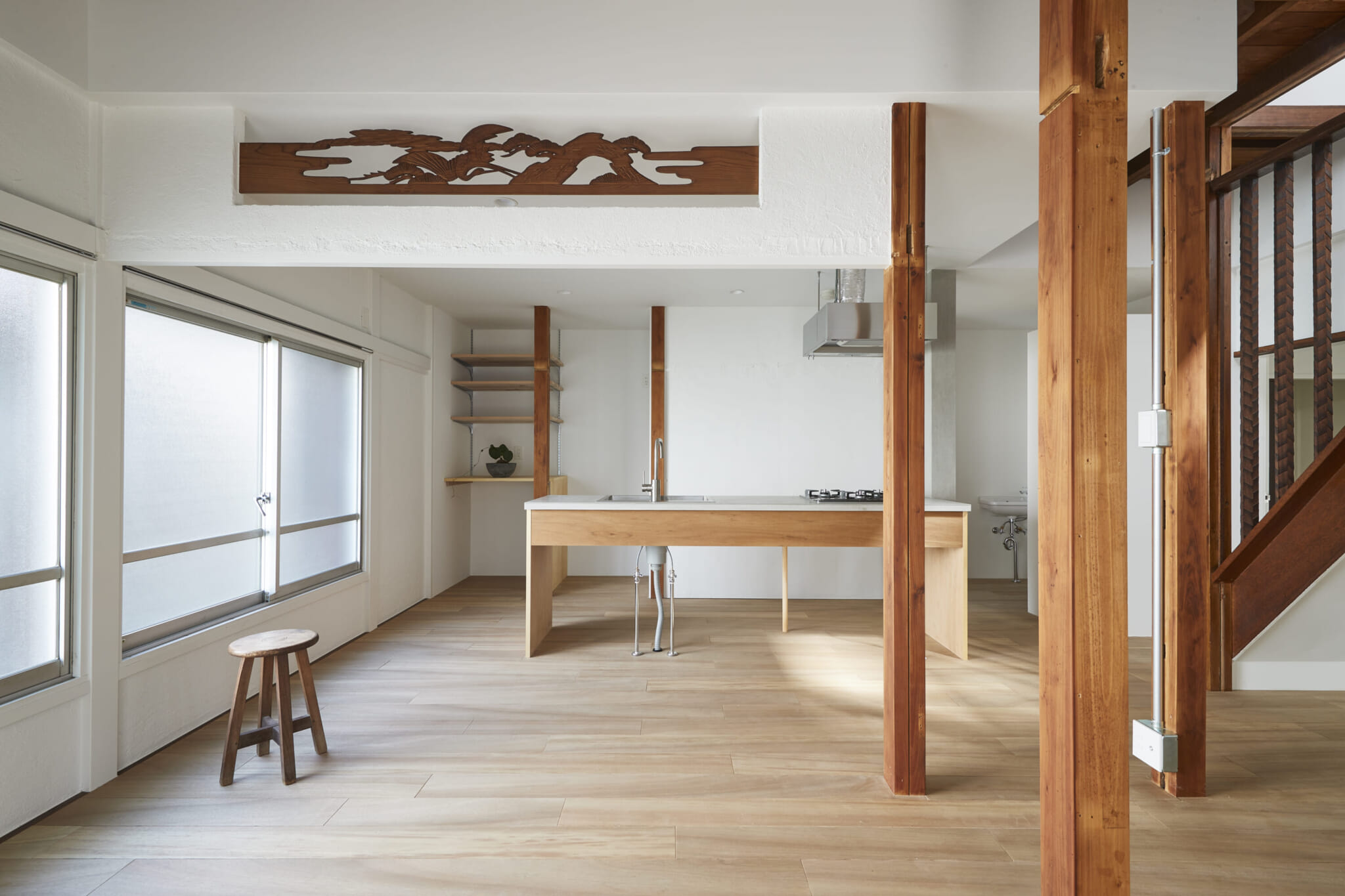Between the many skyscrapers that tower over the city of Tokyo, a sea of old, abandoned buildings remains untouched and left behind. These vacant spaces are also known as akiya. According to the Tokyo Metropolitan Government, over 810,000 akiya have been found in Tokyo as of 2018 — almost double the amount of 30 years ago.
It’s a vicious cycle that’s far from ideal: The number of vacant houses increases even as developers build high-rise condominiums to keep up with the demand for modern condo living. The problem exists across the country and can be attributed to several complex reasons, including age-related demographic shifts and the personal preference of many young people to live in newly built homes.
These reasons explain just one side of the coin, however. The other side is down to governmental policies and taxation. As property and city planning taxes are, in many cases, lower for land that has a building in place, those who own old, unused houses may choose to leave them as-is rather than opting for demolition.
Akiya Issue
Though it’s hard to determine the correct way to approach the problem of akiya, one thing is certain: Hidden beneath the dust and rust accumulated over years of abandonment, many vacant houses possess a charm that remains unfaded. With features ranging from intricate designs etched onto the kamoi head jambs atop sliding shoji and fusuma panels to subtle round-cornered window frames reminiscent of the Showa period, these houses could have potential on the real estate market — provided they’re cleaned up.
One person tackling the issue head-on is Nobuyuki Fukui. Founder of home renovation company Roovice, Fukui has been renovating vacant homes to breathe new life into them since 2005. It’s a far cry from where he began. “I started job hunting during the ‘lost decade’ when the economy was down in the dumps and many of us were left jobless,” he tells me. In that precarious climate, he worked as a buyer for an interiors shop in Meguro before transitioning to work in his family’s real estate business.
Though unquestionably a difficult period, the circumstances of the lost decade may have worked in Fukui’s favor. “There was nothing to lose at that point,” he says, “so I thought I might as well start my own thing.”
At first, he found it challenging. “I didn’t know what I was doing, but I also didn’t have many expectations for anything, so I kept going.” After a time, however, business prospects brightened.

A New Business Model
Though not on most people’s radar, the problem of akiya appeared to Fukui as a business opportunity. To test out this theory, he established the Kariage project in 2015 to renovate akiya built at least 30 years ago. It sounds simple enough, but there’s a twist: Fukui’s company covers the cost of renovation, then recoups the initial investment plus a profit over a minimum period of seven or eight years by subleasing the renovated property.
Though a novel idea, it proved difficult to get off the ground. At first, Fukui struggled to drum up business, as at the time, renovating old, vacant buildings like akiya was not a widely understood concept. With no finished Kariage projects to prove the company’s credibility, questions arose from every angle. “A lot of people didn’t trust the process and thought that after I renovated the space, I would just end up taking their whole house away from them,” Fukui says with a laugh.
Returning the House to Its Original Owner
This couldn’t be further from the truth, as once the seven- to eight-year contract expires, 100% of the rent received from tenants goes to the home’s owner. There are other ways the renovated properties can be used too. “If the owner chooses to live in the house again, it’s completely theirs again for free,” Fukui explains. “If they want us to find another company for real estate management and leasing, we can also help with linkage and finding potential tenants.”
With the concept now well understood, Fukui has broadened his services to renovate not only houses but also office spaces and entire apartment buildings.
He tells me of one building that he has particularly fond memories of renovating. The building, in Roppongi, had been vacant for around 20 years. “The basement and first floor were all shops, the second to fourth floors were offices, and the rest were used as residences,” he says. “I rented the entire building for six years and renovated both the exterior and interior.”
As the property was located relatively close to the station, the rent soared after renovation, allowing Fukui to obtain a good return on investment.

Nostalgia in Newness
Both Roovice and the Kariage project aim to enhance the best parts of each akiya while transforming them into something both nostalgic and new. While that may seem like a paradox, it is entirely possible. According to Fukui, for people who grew up during the bubble period, anything considered popular at that time now feels old-fashioned. For people from younger generations, though, those same things can be refreshing. “Our ‘old’ is their ‘new,’” Fukui says. “There’s something meaningful in this, which is why I think there is newness in nostalgia.” While some reminisce, others look around with a fresh pair of eyes.
Popular Business
As the majority of akiya are owned by older generations while the demand for newly renovated spaces comes from younger generations, Fukui is careful to tailor his marketing to his audience. In order to gain the trust of akiya owners, he uploads examples of previous projects to his company’s website that explain why other owners decided to utilize his services. “It’s kind of like a review in story format so that people who are skeptical of our services understand that other people have used our business and are happy with the outcome.”
Young people, however, don’t seem to have any misgivings. “Demand from them, on the other hand, never seems to go away. We upload to our social media accounts and website frequently. I guess it’s because we do a lot to gain maximum exposure for our houses.”

An Approaching High-Rise Conundrum
As daunting as it may seem, the reality is that high-rise condominiums will, one day, become empty spaces. Fukui is already preparing for this inevitability by brainstorming solutions to tackle the issues that are likely to arise. Most stem from differences in materials used and in the type of buildings that are currently in demand. While houses built during the post-war period were primarily made of wood, modern properties are often sectionally owned high-rise buildings. And because each section is owned by not one but multiple people, regulations become more complex.
“On top of this problem, there are repair and maintenance costs that we need to take into account, so our services will have to diversify and cater to the new problems attached to these abandoned buildings of the future.”
For now, Fukui intends to continue what he started with the Kariage project while also taking time to ponder the problems of tomorrow. “I still have to brush up on the concept, but the issue is already evident. We’ll see how the ideas come to fruition.”
To learn more about akiya read:









